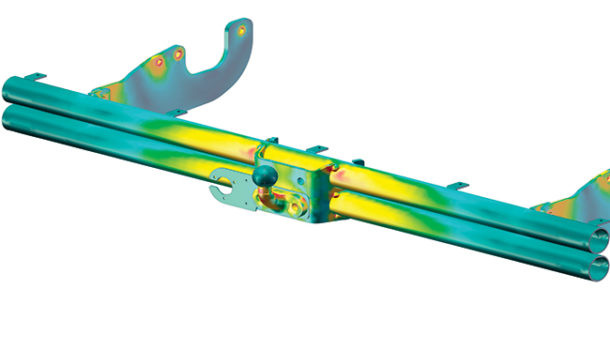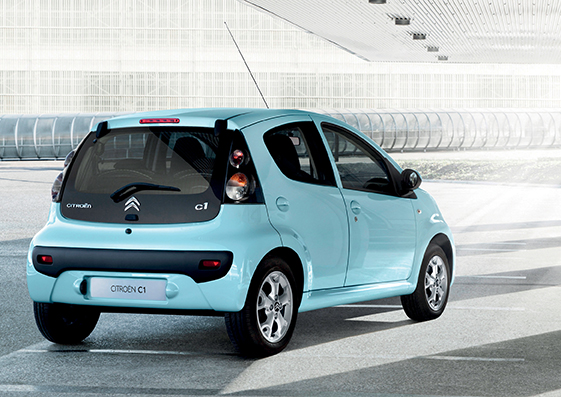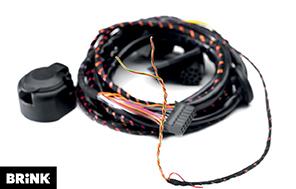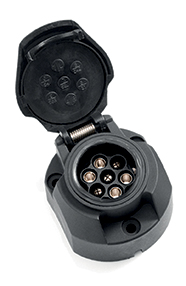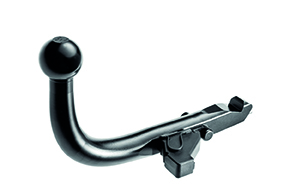With the Easter break fast approaching and towing a boat, trailer or caravan a likely possibility, Brink Towing Systems has some important info to share
Towing tips
- The gross vehicle mass (GVM) of the trailer may not exceed the tare of the towing vehicle. You should therefore also take the contents into account and not rely on the licensed tare (an unladen mass usually excluding the contents of water tanks and gas cylinders, and in the case of a car, the fuel tank).
- Carefully read all of the information supplied by your vehicle manufacturer with regard to towing capacity.
- When choosing a tow bar, make sure its rating is higher than the GVM of the trailer – this is an easy one for police officers to notice.
- Tyre condition and pressure are both critical: pay extra attention to vehicle manufacturer recommendations.
- Have a very thorough look at the overall condition of the tyres on the trailer, including the age stamp and other information on the sidewall, before even considering hitching up.
- When the trailer is hitched, it should ideally be slightly nose down – it should never be nose high.
- A trailer’s weight load should be biased towards the nose, though if it is too far forward, it’ll also affect overall stability, as does a nose-high attitude. This vertical load on the tow ball, sometimes referred to as the tongue weight, should ideally be between 45 and 75 kg and never more than 100 kg: this is the maximum legally allowed in South Africa. The load can be adjusted by redistributing the contents of the caravan. A bathroom scale can be used for checking purposes.
- Consider that the trailer may have been standing for a number of months, so give it a proper inspection before hooking it up. The wheel bearings are particularly vulnerable.
- If you’re crossing the border, make sure that you comply with the towing regulations of your final destination (this could include requirements such as mirrors, but also speed limits when you’re towing).
- Adding any fixtures to a caravan or trailer will affect its tare rating, and therefore reduce its legal payload.
- Reduce your speed – the indicated speed limit may not be suitable for towing conditions, and you should see it as a regulation, not a target. Slow down to what best suits you and don’t let tailgaters bully you.
TOW CARS
Going to be towing? Not if you drive one of these, you’re not. Certain cars are categorised as non-towing vehicles, and can be identified by the zero maximum towing weight as listed on the VIN plate. These vehicles include the Toyota Aygo, Citroën C1 and Peugeot 107 – all of which are based on the same platform. Nevertheless, these vehicles can still be fitted with a rear-mounted bike rack. Interestingly, the tiny Volkswagen up! has a 750 kg (braked) and 500 kg (unbraked) tow rating.
GET WIRED
Using an appropriate wiring harness compatible with the vehicle is critical. Incorrect wiring can lead to many problems, including important safety features such as trailer recognition systems not functioning correctly and park distance sensors not being deactivated when a trailer is attached.
TOW THE LINE
An accident involving a trailer is invariably a big one. Even in a single-vehicle accident, there will be two significant masses at play, connected at just a single point; the integrity and strength of that point is therefore critical. Remember, you may be well within the legal limits in terms of the weight of the trailer or caravan relative to the towing vehicle, but a number of other factors come into play that can cause the rig to become unstable.
This could be something you can control, such as shock absorber condition or weight distribution, but ambient conditions such as wind speed and direction can also play an unexpected role. Prepare for the worst-case scenario: for example, being overtaken by a fast-moving passenger vehicle while simultaneously passing an 18-wheeler coming the other way.
The onus is on the driver to ensure the roadworthiness of the rig and its suitability to tow. If proper practices are not adhered to, it can result in dire consequences not only on the road, but also later, when submitting an insurance claim in the event of an accident.
The requirement for a well-designed towbar is to transfer the load applied to the coupling ball to the mounting points of the vehicle in a manner that does not allow for excessive deflection. The towbar distributes the load evenly to the mounting points on the chassis, and distributes the stress throughout the towbar to reduce its concentration. The coloured areas below show different stress zones on a typical Brink towbar, with red representing the most critical.
DID YOU KNOW…
- Brink has sold well more than 25 million tow bars in Europe alone.
- Not all light motor vehicle licences are created equal. You need an EB category licence to tow a trailer with a GVM above 750 kg (up to a maximum of 3 500 kg). The standard B licence is only valid for a trailer below 750 kg.
EXTRA INFO
- Want to know which Brink tow bar and wiring harness to fit to your vehicle? Visit www.brink.eu and click on the Rainbow Nation flag.
- Do you have a towing question, or an emergency? Contact Brink Towing Systems on 0860 184 853, or seach for Brink Towing Systems SA on Facebook, or www.brinktowingsystems.co.za.
Photography Courtesy images
(This article was first published in the autumn 2016 issue of AA traveller magazine)

